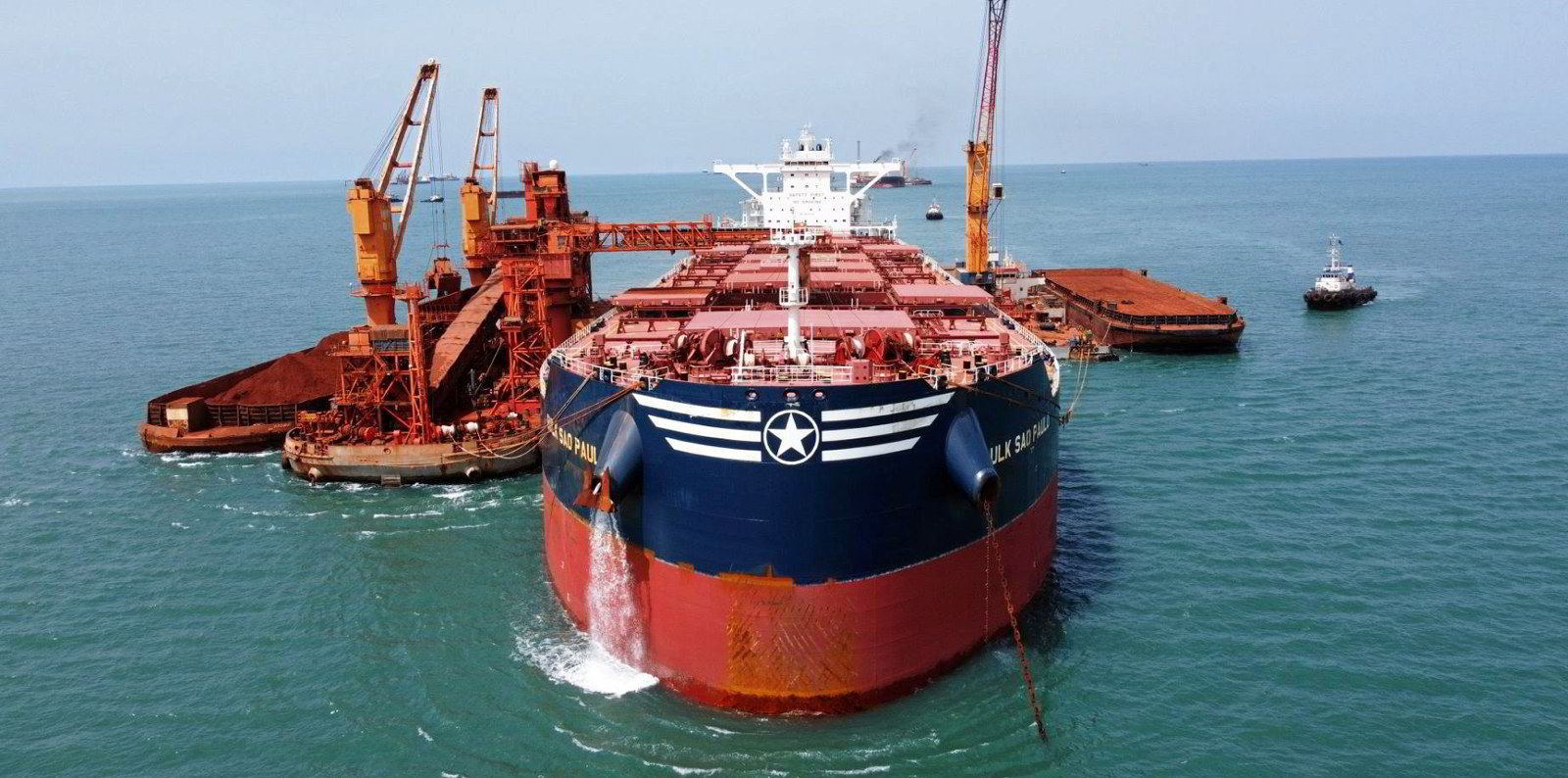Fears surrounding the global banking system were reflected in dry bulk stocks last week, but equities analysts have highlighted reasons for optimism amid the macroeconomic uncertainty.
Market watchers could be forgiven for having flashbacks to 2008, when trade finance was squeezed, which had a catastrophic effect on shipping and trade, Clarksons Securities analysts said this week.
But this time around it is different — and could even present a good time to invest in dry bulk stocks, the investment bank said in a report on Monday.
“There are significant differences between the current situation and that of 2008. The shipping orderbook is one notable distinction. Shipyards were flooded with orders prior to the financial crisis, resulting in a vessel surplus that worsened the freight rate collapse,” it said.
“Tanker and dry bulk orderbooks are currently much smaller, providing some protection against demand shocks. Though not immune to financial market volatility, shipping markets may be more resilient than in 2008, thanks to China’s economic growth.”
The firm thinks China’s economy — which it is hoped will grow by 5% this year — could help shipping stay steady if financial markets remain hairy.
Dry bulk stocks declined last week by just under 6% on average, based on the companies within Clarksons’ coverage.
But the analysts said that because companies’ financial leverage varies, comparing changes in the enterprise value of peer companies rather than their market capitalisation makes it easier to draw like-for-like comparisons in which stocks have been affected most.
Enterprise value represents the market valuation of a company’s total assets — essentially the value of a shipping company’s asset base or fleet value. This means a company with a high level of debt may see a significant drop in market price but a smaller drop in enterprise value.
The enterprise value of dry bulk companies within Clarksons’ coverage declined by just 4% on average last week, owing to a slightly higher average financial leverage of 42% compared with other shipping sectors.
The biggest fall in enterprise value was at Genco Shipping & Trading, which dropped by 10%, while supramax specialist Eagle Bulk Shipping lost 7%.
“Both companies have low debt levels, with net LTV [loan-to-value] ratios ranging from 12% to 13%, making recent stock price fluctuations appear excessive, as dry bulk asset values continue to rise rather than fall,” the Clarksons Securities report said.
“Although the current financial market turmoil may persist, we believe that selecting low-leverage stocks that have experienced significant declines in enterprise value is an appealing strategy for potential rebound candidates.”
The disruptive week capped off an extraordinarily weak start to the year for dry cargo markets, following a worse-than-expected final quarter of 2022.
Shipping markets may be more resilient than in 2008, thanks to China’s economic growth
— Clarksons Securities
But even the companies that fell short of analysts’ expectations for the fourth quarter could still be attractive candidates for investment, Clarksons Securities said. It estimates that dry bulk equities are trading at 0.93 times net asset value.
Eagle Bulk’s fourth-quarter results and first-quarter guidance fell short of expectations, resulting in a 16% drop in its stock price, which means its share price now looks cheap relative to its NAV.
“We believe, however, that this weakness is only temporary. The earnings miss and stock market weakness lately has shifted it from trading above NAV to trading with a discount to NAV,” the report said.
Supramax owner Belships tops the best-performing stocks within Clarksons’ stable this year to date. Its Oslo-listed shares have generated a 41% yield in 2023. Norden shares were in second place with a 19% yield.
Overall, median equities in bulker companies tracked by the bank have generated a total return of 9% since the year began, compared with a 23% return for crude tanker stocks, the best-performing shipping segment.
Meanwhile, asset values have been lifted along with freight rates.
A newly delivered capesize is worth almost 17% more this week than it was at the beginning of March, according to VesselsValue. Brand-new kamsarmaxes are worth 6% more and ultramaxes have increased in value by almost 12%.
Clarksons Securities has been vocally bullish about its hopes for dry bulk this year. Turner Holm, its then head of shipping equities research, told a conference in January that dry bulk was “the best trade of 2023”.




